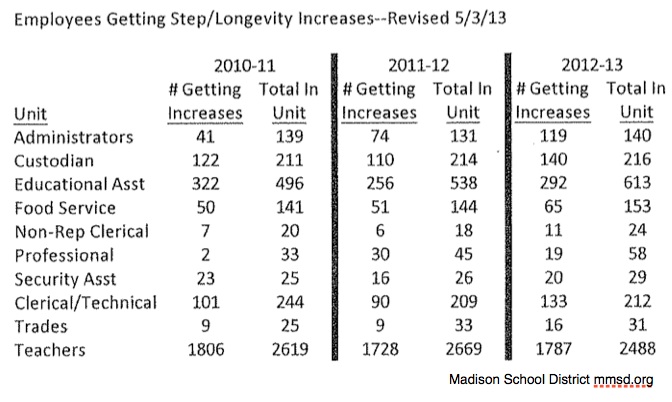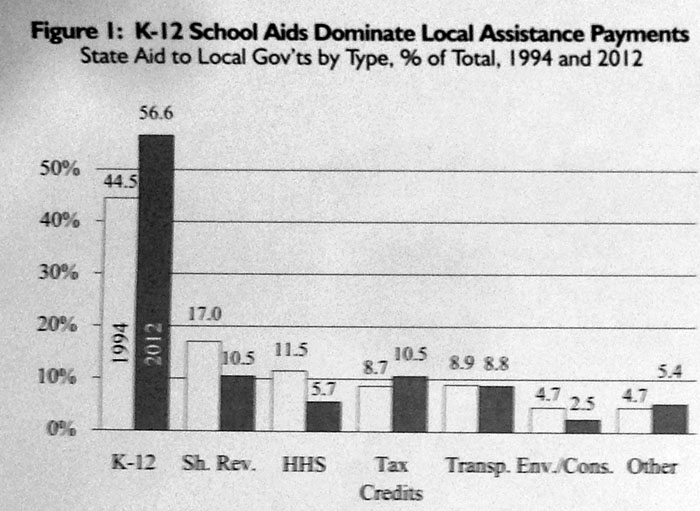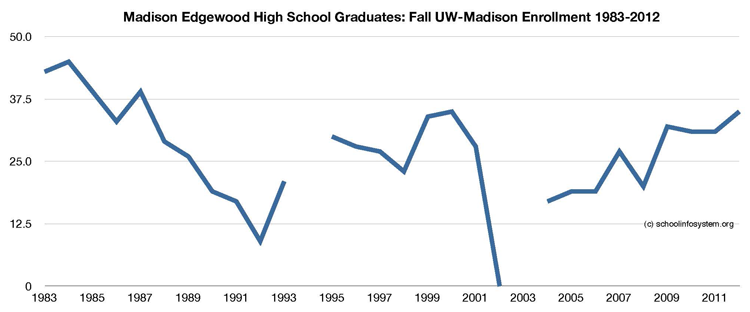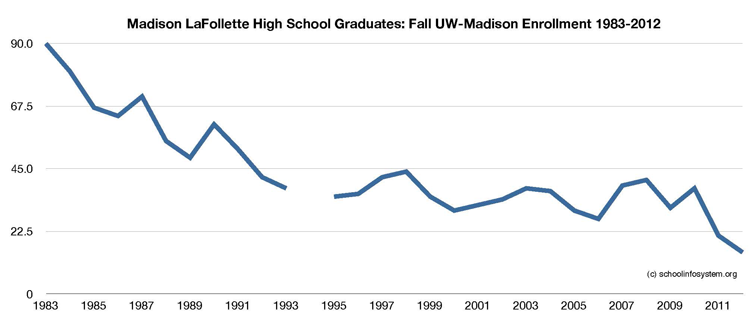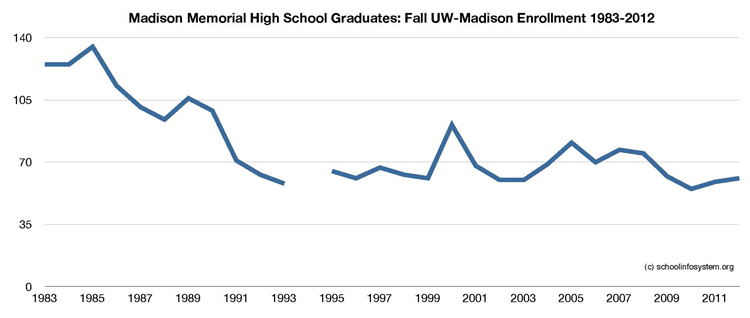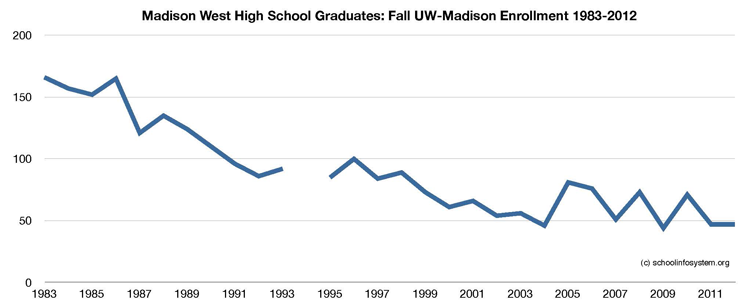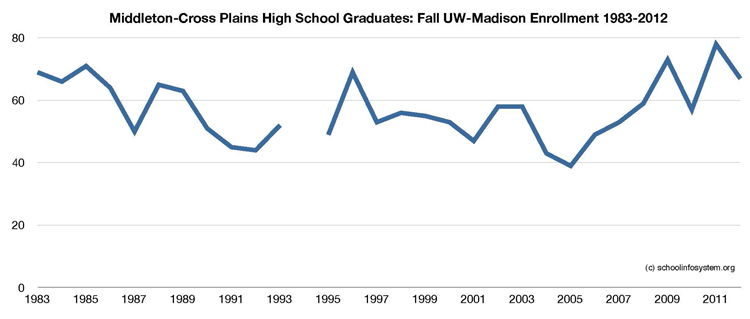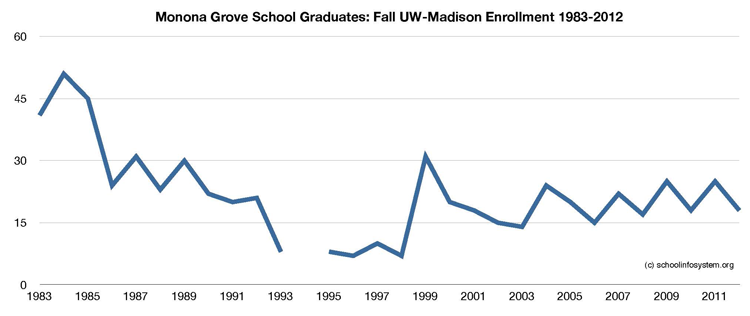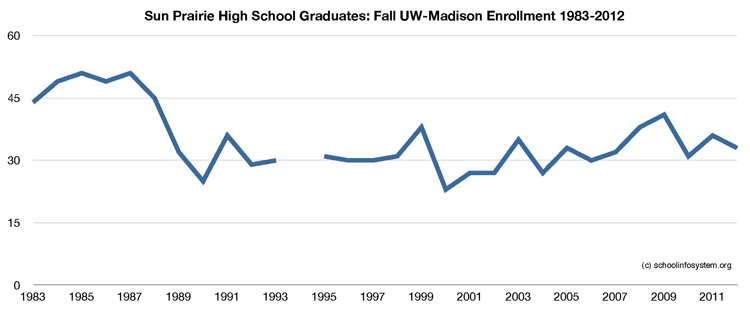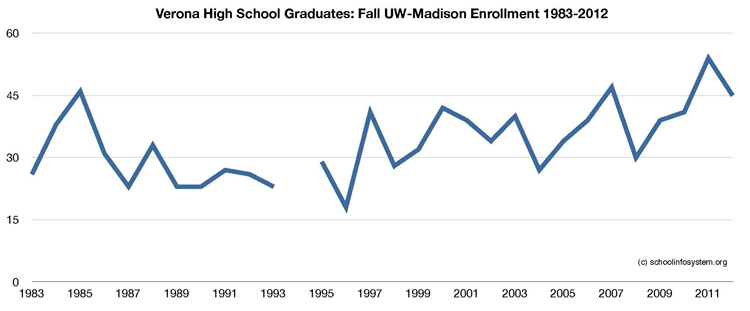Lisa Hansel, via a kind reader’s email:
So why haven’t we ensured that all children get a rigorous, supportive education?
This is a question I ask myself and others all the time. I think it’s more productive than merely asking “How can we?” Those who ask how without also asking why haven’t tend to waste significant amounts of time and resources “discovering” things that some already knew.
Okay, so I’ve partly answer the why question right there. Much better answers can be found in Diane Ravitch’s Left Back: A Century of Failed School Reforms, E. D. Hirsch’s The Schools We Need and Why We Don’t Have Them, and Richard Hofstadter’s Anti-Intellectualism in American Life.
But still, those answers are not complete.
Right now, Kate Walsh and her team with the National Council on Teacher Quality (NCTQ) are adding to our collective wisdom–and potentially to our collective ability to act.
NCTQ is just a couple months away from releasing its review of teacher preparation programs. The results may not be shocking, but they are terrifying. Walsh provides a preview in the current issue of Education Next. In that preview, she reminds us of a study from several years ago that offers an insiders’ look at teacher preparation:
The most revealing insight into what teacher educators believe to be wrong or right about the field is a lengthy 2006 volume published by the American Educational Research Association (AERA), Studying Teacher Education. It contains contributions from 15 prominent deans and education professors and was intended to provide “balanced, thorough, and unapologetically honest descriptions of the state of research on particular topics in teacher education.” It lives up to that billing. First, the volume demonstrates the paucity of credible research that would support the current practices of traditional teacher education, across all of its many functions, including foundations courses, arts and sciences courses, field experiences, and pedagogical approaches, as well as how current practice prepares candidates to teach diverse populations and special education students. More intriguing, however, is the contributors’ examination of the dramatic evolution of the mission of teacher education over the last 50 years, in ways that have certainly been poorly understood by anyone outside the profession.
Studying Teacher Education explains the disconnect between what teacher educators believe is the right way to prepare a new teacher and the unhappy K-12 schools on the receiving end of that effort. It happens that the job of teacher educators is not to train the next generation of teachers but to prepare them.
Huh? Really? How exactly does one prepare without training? Walsh goes on to explain that. But the only way to prepare yourself to comprehend the teacher educators’ reasoning is to pretend like “prepare them” actually means “brainwash them into believing that in order to be a good teacher, you have to make everything up yourself.” Back to Walsh:
Harking back perhaps to teacher education’s 19th-century ecclesiastical origins, its mission has shifted away from the medical model of training doctors to professional formation. The function of teacher education is to launch the candidate on a lifelong path of learning, distinct from knowing, as actual knowledge is perceived as too fluid to be achievable. In the course of a teacher’s preparation, prejudices and errant assumptions must be confronted and expunged, with particular emphasis on those related to race, class, language, and culture. This improbable feat, not unlike the transformation of Pinocchio from puppet to real boy, is accomplished as candidates reveal their feelings and attitudes through abundant in-class dialogue and by keeping a journal. From these activities is born each teacher’s unique philosophy of teaching and learning.
There is also a strong social-justice component to teacher education, with teachers cast as “activists committed to diminishing the inequities of American society.” That vision of a teacher is seen by a considerable fraction of teacher educators (although not all) as more important than preparing a teacher to be an effective instructor.
Kate Walsh:
Nowhere is the chasm between the two visions of teacher education–training versus formation–clearer than in the demise of the traditional methods course. The public, and policymakers who require such courses in regulations governing teacher education, may assume that when a teacher takes a methods course, it is to learn the best methods for teaching certain subject matter. That view, we are told in the AERA volume, is for the most part an anachronism. The current view, state professors Renee T. Clift and Patricia Brady, is that “A methods course is seldom defined as a class that transmits information about methods of instruction and ends with a final exam. [They] are seen as complex sites in which instructors work simultaneously with prospective teachers on beliefs, teaching practices and creation of identities–their students’ and their own.”
The statement reveals just how far afield teacher education has traveled from its training purposes. It is hard not to suspect that the ambiguity in such language as the “creation of identities” is purposeful, because if a class fails to meet such objectives, no one would be the wiser.
The shift away from training to formation has had one immediate and indisputable outcome: the onus of a teacher’s training has shifted from the teacher educators to the teacher candidates. What remains of the teacher educator’s purpose is only to build the “capacity” of the candidate to be able to make seasoned professional judgments. Figuring out what actually to do falls entirely on the candidate.
Here is the guidance provided to student teachers at a large public university in New York:
In addition to establishing the norm for your level, you must, after determining your year-end goals, break down all that you will teach into manageable lessons. While so much of this is something you learn on the job, a great measure of it must be inside you, or you must be able to find it in a resource. This means that if you do not know the content of a grade level, or if you do not know how to prepare a lesson plan, or if you do not know how to do whatever is expected of you, it is your responsibility to find out how to do these things. Your university preparation is not intended to address every conceivable aspect of teaching.
Do not be surprised if your Cooperating Teacher is helpful but suggests you find out the “how to” on your own. Your Cooperating Teacher knows the value of owning your way into your teaching style.
Related: When A Stands for Average: Students at the UW-Madison School of Education Receive Sky-High Grades. How Smart is That?.
Wisconsin has recently taken a first baby step toward teacher content knowledge requirements (something Massachusetts and Minnesota have done for years) via the adoption of MTEL-90. Much more on teacher content knowledge requirements, here.
Content knowledge requirements for teachers past & present.
